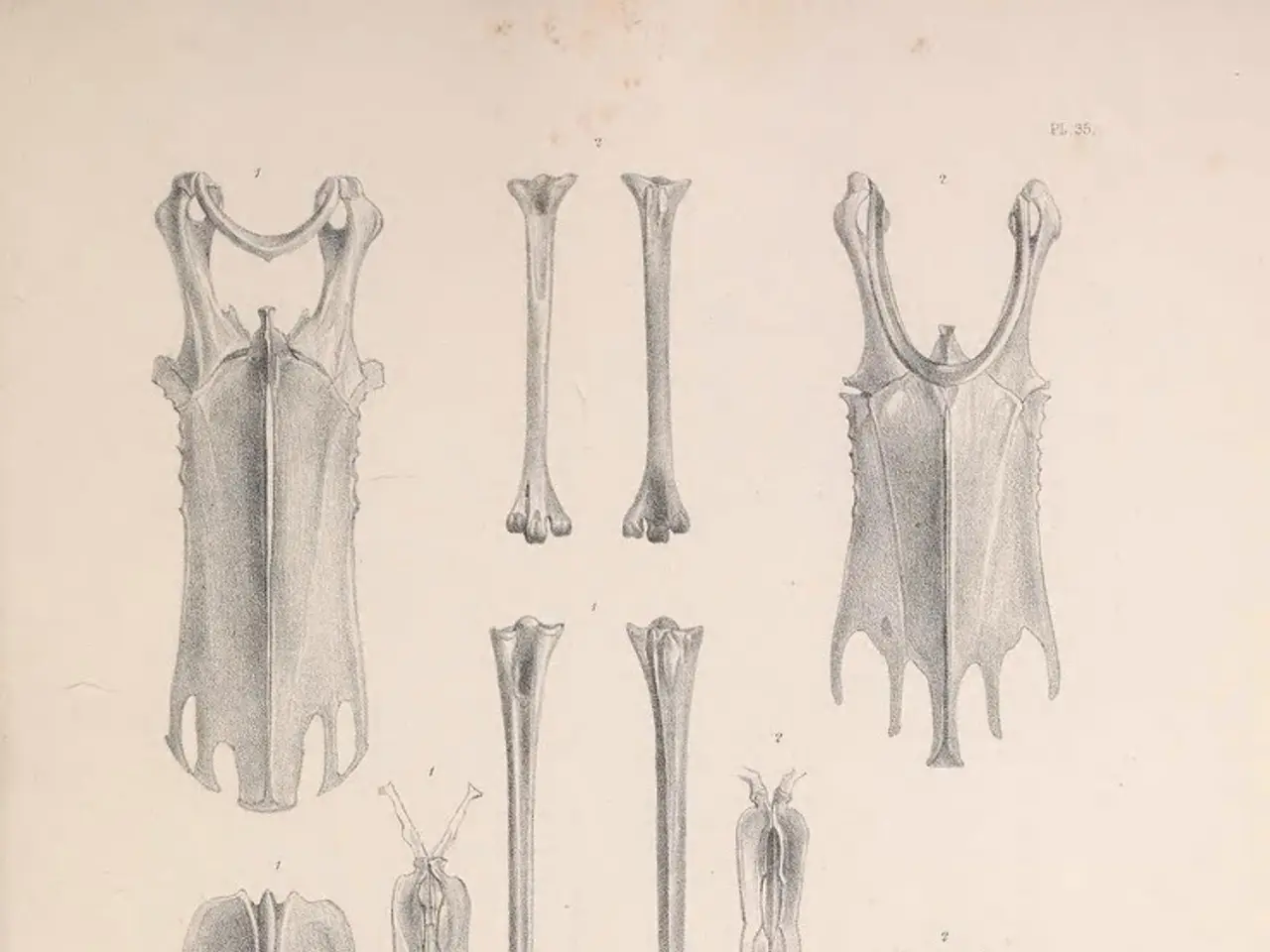Shoulder Movement: Key Muscles and Their Roles
The shoulder, a complex joint, involves several muscles and bones working together. This article explores the key players in shoulder movement and their roles.
The breast muscles, specifically the pectoralis major, drive the shoulder forward. Meanwhile, neck muscles manage upward movements. The trapezius muscle, attached to the collarbone, facilitates shoulder and head movement. The shoulder blade, or scapula, connects the arm bone to the collarbone, serving as a crucial link.
Shoulder shrugging is primarily controlled by the levator muscle, which arises from the neck vertebrae and pulls up the shoulder blade. The serratus anterior and pectoralis minor muscles play significant roles in moving the shoulder girdle forward, indirectly affecting ribcage mobility. Deeper intercostal muscles and obliques stabilize the ribcage during these movements.
Only three muscles are primarily responsible for moving the shoulder blade. The rhomboideus muscles, both major and minor, raise the shoulder blade and move it backwards, completing the range of motion.
Read also:
- FDA's Generic Mifepristone Approval Sparks Pro-Life Concerns Over Safety and States' Rights
- Understanding Child Development: Causes and Signs of Delays
- Top Superfoods for Hormonal Health: Avocados, Berries, Flaxseeds, Turmeric, and Cruciferous Veggies
- Pope Francis' New Book 'Let Us Dream' Offers Unity and Hope for Post-Covid World





